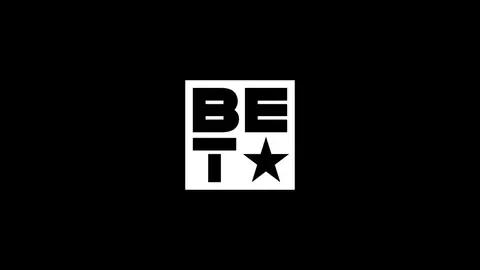John Lewis Remembers a Movement, a March and a Dream

Editor's Note: This is the first installment of a two-part conversation with Rep. John Lewis on the anniversary of the March on Washington. Part 2 will publish on Aug. 22.
The first time John Lewis traveled to Washington, it was on a Freedom Ride in May 1963. The next month, as chair of the Student Nonviolent Coordinating Committee, the 23-year-old joined Martin Luther King Jr., who to this day is his hero; A. Philip Randolph, then the "dean" of Black leadership; and three other prominent members of the movement, at a meeting with President John F. Kennedy. The purpose of the White House visit was to inform Kennedy about the march for jobs and freedom planned for August.
"Mr. President," Lewis recalls Randolph saying, adopting a baritone that signals he has traveled back to that day in his head. "The Black marchers are restless and we're going to march on Washington."
Like the rest of white Washington, Kennedy worried that having so many Coloreds or Negroes, as Blacks were called then, in one place could only result in chaos and violence. He tried to dissuade them, warning that such an event could destroy any chances of getting a civil rights bill through Congress, but they would not be moved.
A few days later, the group, which included Roy Wilkins, James Farmer and Whitney Young, traveled to New York, where they enlisted the aid of white leaders from four religious and labor groups in getting out the word.
Today, in an era when one can reach millions with a single tweet, Lewis is still amazed by the turnout, achieved in part with the use of an "old fax machine."
A fundraiser at the Apollo Theater in Harlem helped raise money to fund travel to Washington for marchers from across the nation. The civil rights leaders also developed a network of people from religious communities, colleges and universities and African-American newspapers and radio stations to send out the call: Everybody, come to Washington.
Black members of various labor unions were particularly helpful in helping people get to Washington, he adds, but the expectation was that there would be no more than 50,000 to 70,000 participants.
"We organized and we mobilized and on Aug. 28, more than 250,000 Americans turned up," Lewis notes with pride.
Indeed, he believes that even more people turned out that day, calling the 250,000 figure one of the "great undercounts of all time." And, he says, it doesn't include the hundreds of thousands of others who weren't in Washington that day, but supported the effort.
As Randolph tried to explain to Kennedy, Blacks, as well as a significant number of whites, were not just restless; they were also frustrated.
In many parts of the South, White and Colored signs were still up, even in cities like Atlanta. Hotels denied people entry, and state legislatures denied them the right to vote based solely on the color of their skin. In response, hundreds of thousands of people across the country sought peaceful, nonviolent ways to send a message to the federal government. They were arrested and jailed, beaten, and in some cases, killed – all for the cause.
"There was a great sense of discontent," Lewis says. "The country was at a point where we could go much further back or we could go forward. It was time for Congress and the president to act."
King, Lewis remembers, said on many occasions that there's nothing "more powerful than the marching feet of a determined people."
Kennedy wanted this particular group of determined people in and out of the nation's capital before sundown. All of the liquor stores were closed, downtown businesses and firms shuttered and troopers around the city, prepared to cut the sound system, so convinced was official Washington that there would be trouble.
"Instead, it was so orderly and so peaceful," Lewis says of the "sea of humanity" that fanned out across the National Mall. "And now, we must march again."
BET National News - Keep up to date with breaking news stories from around the nation, including headlines from the hip hop and entertainment world. Click here to subscribe to our newsletter.
(Photo: Photo: MARION S. TRIKOSKO/Tehrkot/Landov)





